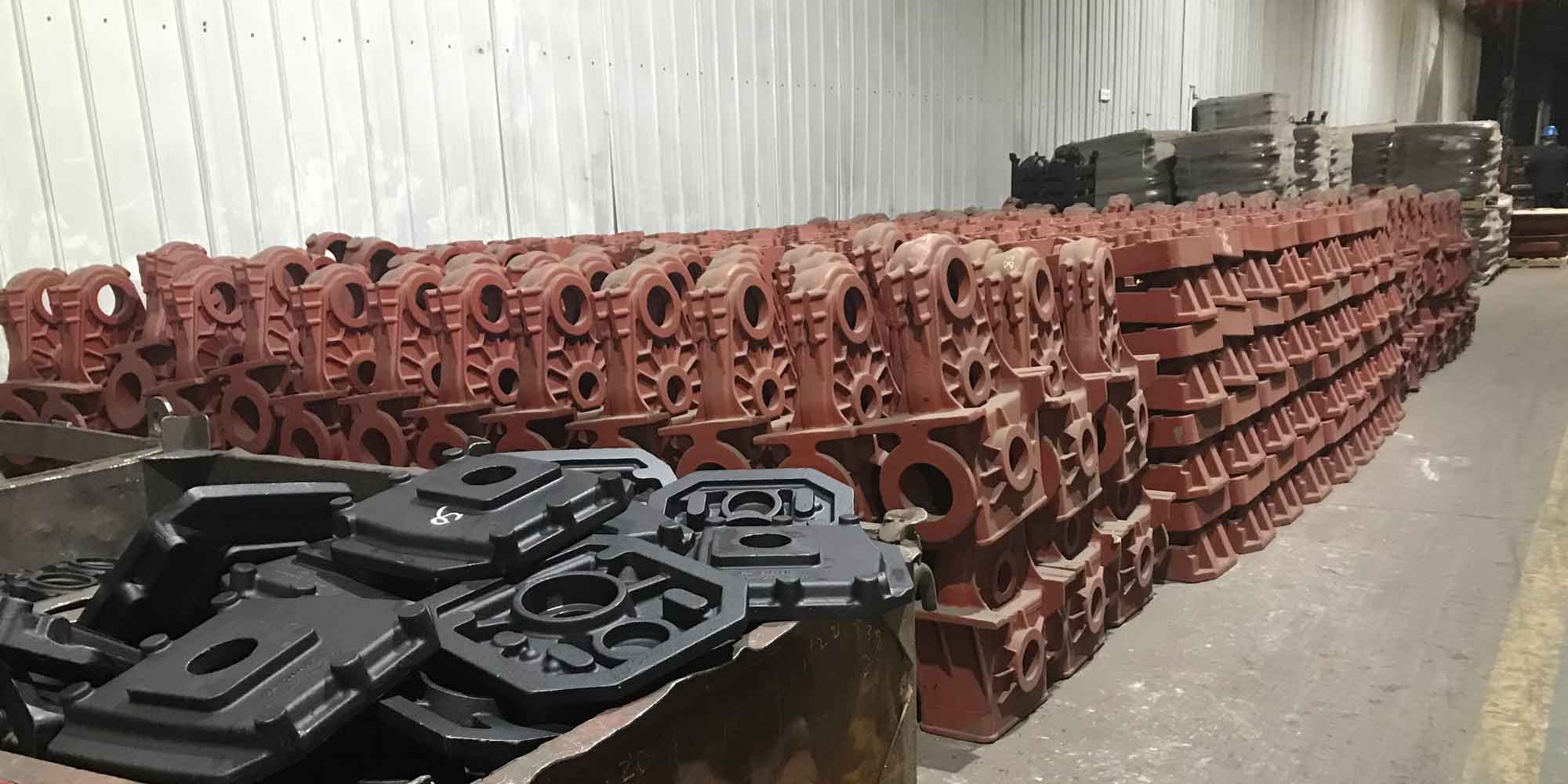This study addresses the challenges in manufacturing large-scale frame steel casting guide rails through systematic process design and computational simulation. The rail structure (Fig. 1) features complex geometry with thin-walled sections (18-51 mm thickness variations) and critical dimensional tolerances (<1.5 mm/m). Our research team developed an optimized casting solution through iterative physical trials and numerical simulations using ProCAST software.

1. Fundamental Design Principles
For steel casting components exceeding 1,500 mm in length, the minimum wall thickness follows the relationship:
$$ t_{min} = 0.05L + 10 \, \text{(mm)} $$
where L represents the maximum dimension (mm). The guide rail’s 1,596 mm length requires special consideration for fluidity and thermal management.
| Parameter | Value |
|---|---|
| Material | ZG32MnMo |
| Liquidus Temperature | 1,503°C |
| Solidus Temperature | 1,448°C |
| Pouring Temperature | 1,580-1,600°C |
2. Gating System Optimization
The initial bottom-pour system caused incomplete filling due to excessive temperature loss. The optimized stepped gating system follows the proportionality:
$$ F_{sprue}:F_{runner}:F_{gate} = 1:1.8:2.2 $$
Key parameters for the steel casting process:
| Component | Diameter (mm) | Cross-section (cm²) |
|---|---|---|
| Sprue | 60 | 28.3 |
| Runner | 50 | 19.6 |
| Gate | 40 × 15 | 60.0 |
3. Solidification Control Strategy
The modulus method ensures proper riser sizing for steel casting components:
$$ M = \frac{V}{A} $$
where M = modulus (cm), V = volume (cm³), A = surface area (cm²). Riser design calculations showed:
| Location | Modulus (cm) | Riser Type |
|---|---|---|
| Central Section | 1.65 | Cylindrical |
| End Sections | 1.62 | Rectangular |
Thermal simulations revealed critical solidification patterns:
$$ t_f = k \left(\frac{V}{A}\right)^2 $$
where t_f = freezing time (s), k = mold constant (0.8-1.2 for steel casting).
4. Distortion Mitigation
Residual stress analysis guided anti-deformation measures:
$$ \sigma_{thermal} = E\alpha\Delta T $$
where E = Young’s modulus (200 GPa), α = expansion coefficient (12×10⁻⁶/°C), ΔT = temperature gradient. Implemented 4mm reverse camber compensation effectively countered 2.8mm measured distortion.
5. Process Validation
The optimized steel casting process achieved:
| Parameter | Initial | Optimized |
|---|---|---|
| Yield Rate | 68% | 92% |
| Dimensional Accuracy | CT13 | CT10 |
| Surface Finish | Ra 25μm | Ra 12.5μm |
Mechanical testing confirmed properties exceeding ASTM A148 requirements:
$$ \sigma_y = 420\,MPa,\ \sigma_{uts} = 650\,MPa,\ \epsilon = 18\% $$
6. Industrial Implementation
Production data from 120 steel casting units showed consistent quality:
| Batch | Defect Rate | Straightness (mm/m) |
|---|---|---|
| 1-20 | 2.8% | 0.85 |
| 21-40 | 1.2% | 0.72 |
| 41-60 | 0.6% | 0.68 |
The developed methodology establishes a technical foundation for large-scale steel casting components in heavy machinery applications, demonstrating 37% weight reduction compared to welded assemblies while maintaining equivalent structural performance.
